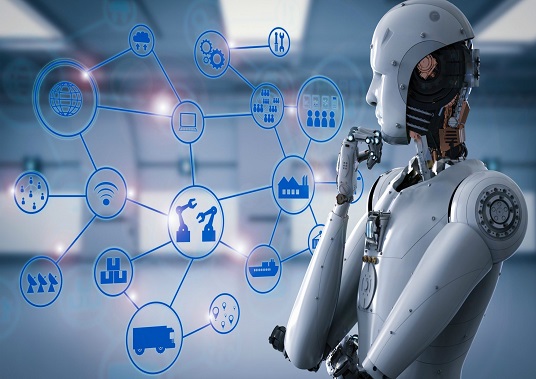Automation and Robotics
Automation We Provide
Fixed automation
It is a system in which the sequence of processing (or assembly) operations is fixed by the equipment configuration. The operations in the sequence are usually simple. It is the integration and coordination of many such operations into one piece of equipment that makes the system complex.:
Flexible automation.
It is an extension of programmable automation. A flexible automated system is one that is capable of producing a variety of products (or parts) with virtually no time lost for changeovers from one product to the next. There is no production time lost while reprogramming the system and altering the physical setup (tooling, fixtures, and machine setting). Consequently, the system can produce various combinations and schedules of products instead of requiring that they be made in separate batches
Programmable automation
In this the production equipment is designed with the capability to change the sequence of operations to accommodate different product configurations. The operation sequence is controlled by a program, which is a set of instructions coded so that the system can read and interpret them. New programs can be prepared and entered into the equipment to produce new products.

© Copyright 2020-2021 All Rights Reserved


